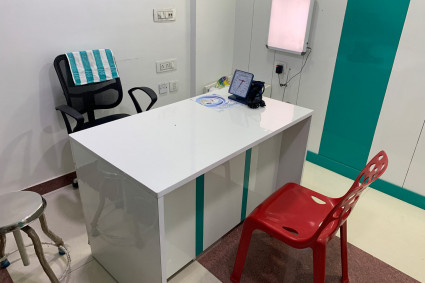
restless legs syndrome (rls) is not only an adult problem. children also experience it, though it is often missed or confused with "growing pains." when kids struggle with rls, the impact is deeper because poor sleep affects growth, school performance, and emotional health. treatment for children looks different from adults, and understanding this difference helps parents make informed choices.
How RLS looks in children
children may not describe the "creepy-crawly" feeling adults report. instead, they say their legs feel "funny" or they keep moving because "it helps." symptoms often show up in the evening or during bedtime. this constant urge to move can delay sleep, cause night waking, and lead to daytime fatigue.
research published in sleep medicine reviews (2018) noted that children with rls are more likely to have attention problems and behavioral challenges in school. untreated sleep disorders in children can also increase the risk of anxiety later in life.
differences in diagnosis and treatment
for adults, rls is often diagnosed based on self-reported symptoms. but children may not explain clearly, so doctors rely on parent observation, sleep studies, and clinical guidelines.
treatment approaches differ too:
iron deficiency: studies show many children with rls have low ferritin levels. pediatric neurologists often check iron stores first and treat with iron supplements if levels are low. adults may also benefit from iron, but kids are more sensitive to deficiency.
dopaminergic drugs: these medicines are common in adult rls treatment. but they are rarely the first choice for children due to side effects and limited long-term safety data.
behavioral strategies: children respond better to lifestyle changes such as setting a bedtime routine, reducing screen use at night, gentle stretching, and massage. adults may also use these, but children need more structured parental involvement.
coexisting conditions: pediatric rls is often linked to adhd or pediatric sleep disorders. adults may have it with conditions like parkinson’s or kidney disease. treatment plans must consider these differences.
role of specialists
a neuro specialist in delhi or a pediatric sleep doctor can guide parents in recognizing rls and ruling out other sleep disorders. since symptoms mimic restlessness or hyperactivity, many children get misdiagnosed. an experienced specialist uses both observation and tests like polysomnography (sleep study) to confirm rls.
what research says
a study in journal of clinical sleep medicine (2017) highlighted that early iron therapy improved sleep quality in children with rls. another review in pediatrics noted that early recognition of pediatric sleep disorders prevents long-term developmental issues. these findings show that children benefit from early, targeted treatment instead of waiting until adulthood.
why early care matters
leaving rls untreated in kids doesn’t just mean poor sleep. it can affect learning, mood, and growth. treatment at a young age helps prevent chronic sleep issues and gives children a healthier foundation for life.
final thoughts
rls treatment in children is not a copy of adult care. it is gentler, more focused on addressing iron levels, daily habits, and sleep routines. medicines that help adults are used with caution in kids. parents who notice unusual leg movements or bedtime struggles should consult a pediatric sleep specialist or neuro expert. with early and appropriate treatment, children can sleep better and grow healthier.




